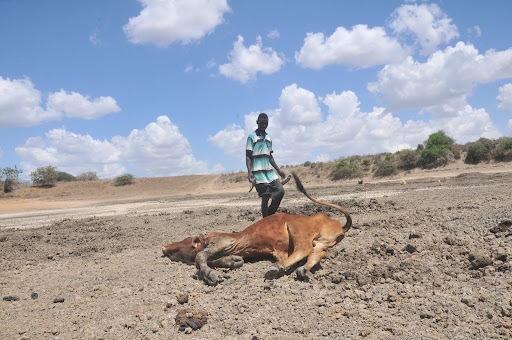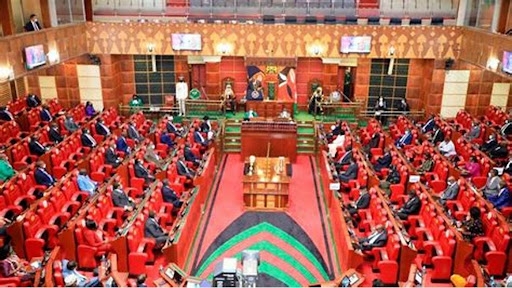
Kenya has been named among African states struggling to ensure citizens receive fair benefits from their mineral wealth.
The Africa Governance Report 2025 released by the African Peer Review Mechanism (APRM) under the AU highlights growing concerns over inequitable resource distribution and weak community engagement across the continent, particularly in Kenya, the DRC, Zambia and Tanzania.
The report said mining operations in these countries often fail to adequately compensate local communities and taxpayers, a situation that could fuel social unrest and conflict if not addressed.
“This report also found that many African countries face challenges in ensuring that African taxpayers receive fair benefits from mining activities. This is particularly evident in countries like the DRC, Kenya, Zambia and Tanzania, where mining operations often fail to adequately compensate or engage African taxpayers, which could lead to social unrest and conflict,” the report said in part.
The report warns that despite the economic promise of extractive industries, benefits have not trickled down equitably, leaving host communities feeling marginalised.
In Kenya’s case, the APRM warns that continued exclusion of local communities from mining benefits could heighten tensions, particularly in resource-rich regions such as Kwale, Turkana and Taita Taveta, where residents have previously protested over land rights and environmental degradation.
Kenya has proven deposits of titanium, gold and coal and also holds significant copper, niobium and manganese deposits.
The report added that the Extractive Industries Transparency Initiative estimates that 10 to 60 per cent of potential revenues are lost in the mining and energy sectors across Africa due to inefficiencies in tax collection, lack of transparency and weak governance structures.
“This area thus requires the immediate attention of the relevant stakeholders,” the report said. “Whereas the fiscal regime has evolved in countries such as Zambia and Tanzania, tax incentives should be adjusted elsewhere to benefit all the relevant stakeholders, including the proprietary state, African taxpayers and foreign corporations.”
Kenya, which has recently expanded investment in minerals, such as fluorspar, titanium, gold and rare earths, is singled out for limited community participation in resource governance and opaque benefit-sharing arrangements.
The report says these gaps have contributed to mistrust between extractive companies, government agencies and local communities.
The findings reinforce longstanding concerns about how revenues from Kenya’s natural resources are managed.
While the government has enacted the Mining Act (2016) and established the Mineral Royalty Sharing Framework, implementation has been inconsistent.
It also corroborates the Auditor General’s 2023-24 report, which flagged lack of a revenue sharing framework in the State Department for Mining.
Nancy Gathungu said the statement of receipts and disbursements reflected property income amounting to Sh3.3 billion, including Sh2.1 billion in royalties.
However, no evidence was provided to show the royalties were distributed among the county governments and local communities, she said.
This, AG noted, was in contravention of Section 183(5) of the Mining Act, 2016.
The Act provides that the royalties shall be shared between the national government, respective county governments and the local community at a ratio of 70 per cent, 20 per cent and 10 per cent respectively.
The auditor also raised issue with the unprocedural export of gold samples by a gold mining company licensed by the State Department of Mining.
“A review of records at the department revealed that the company exported 65kg of gold, for which Nil royalties were remitted,” the report said.
“Management explained that the consignment comprised of rock samples shipped for analysis. However, results of the analysis were not provided for review and were not filed with the State Department as required by Regulation 26(3) the Mining (Dealings in Minerals) Regulations, 2017.”
In September, a Transparency International study on Mining and PFM Laws in Kenya and Tanzania found various legal, financial and institutional gaps.
For instance, the report found 65 per cent of mining firms in Kenya are offshore-owned and $200 million payments were undisclosed.
On community engagement, 69 per cent of respondents said there are no pre-contract consultations, while 52.2 per cent rated grievance mechanisms as "not effective".
The APRM urges countries like Kenya to strengthen transparency and accountability mechanisms. These include publishing mining contracts, ensuring fair compensation and allowing affected communities to have a voice in resource decisions.
It also calls for greater regional cooperation within the AU to harmonise laws on natural resource governance and curb illicit financial flows linked to mining.
The Africa Governance Report 2025, released on October 2, draws from data
and country reviews across AU member states.


















